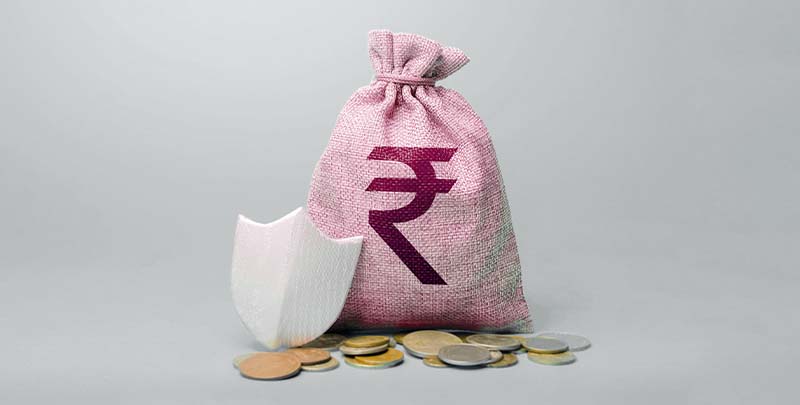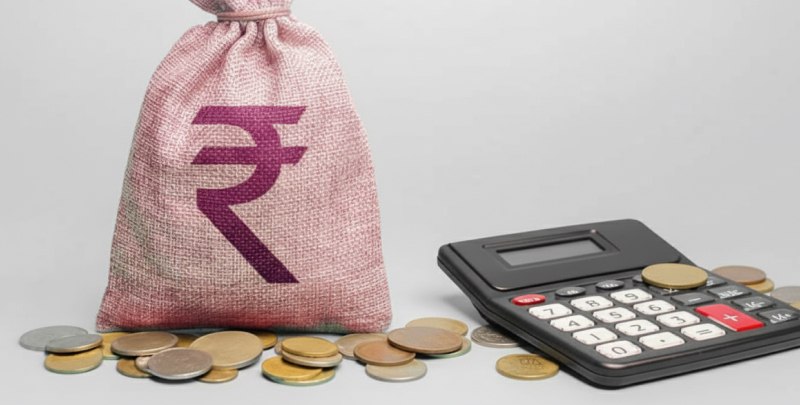- Accounts
- Deposits
- Cards
- Forex
Send Money AbroadSend Money to India
- Loans
24x7 Loan
- Investments
- Insurance
General InsuranceHealth Insurance
- Payments
- Open digital A/C
Explore 250+ banking services on Axis Mobile App
Scan to Download
- Current Account
- Pay
- Collect
- Trade
Services
Solution for Exporters
- Debt & Working Capital
24x7 Loans
For MSMEs with turnover up to ₹30 Cr
- Treasury
- Transact Digitally
- Home
- Blogs
- Deposits Guide
- How To Get Monthly Income From Fixed Deposit

Deposits
How to get monthly income from Fixed Deposits?
Fixed Deposits (FDs) have long been a cornerstone of financial planning, offering a blend of safety, predictability, and attractive returns. For those pondering how to get monthly income from FDs, seeking a dependable source of income post-retirement, or in need of regular income, monthly interest payouts from FDs could be the answer.
How can we get monthly interest on Fixed Deposits?
Fixed Deposits provide an option to choose the frequency of interest payouts at the time of investment. To get monthly income from a Fixed Deposit, you need to opt for the monthly interest payout option instead of the traditional cumulative option. This choice allows the interest to be credited to your linked Savings Account, offering a steady income stream.
Why are Fixed Deposits with monthly interest popular?
Fixed Deposits (FDs) with the option of monthly interest payouts have garnered popularity among investors keen on establishing a consistent monthly income. This feature particularly resonates with retirees and those looking for a reliable payment akin to a steady pension.
The standout aspect of FDs offering monthly interest lies in the ongoing returns on the investment, providing a sense of liquidity. FD interest calculator can be instrumental in comprehending the returns you will accrue from your FD and how to get monthly income from Fixed Deposits, enabling an educated investment choice.
Benefits of Fixed Deposits with monthly interest
Fixed Deposits (FDs) with a monthly interest payout are an appealing option for those seeking a steady and reliable income, offering several key benefits:
- Available in long tenures: Fixed Deposits with monthly interest options aren't just for short-term savers; they cater to long-term investors as well. Many banks offer these FDs for periods as long as a decade, enabling you to secure a monthly income while potentially benefiting from higher interest rates associated with longer tenures.
- Premature withdrawals: FDs are designed to keep funds locked in for a specified duration, yet life's unpredictability may necessitate early access to these savings. Like all other FDs, those with monthly interest payments also accommodate premature withdrawals.
- Overdraft facility: An overdraft against Fixed Deposits offers a strategic financial buffer, allowing you to borrow against your FDs up to a certain limit. This feature is particularly useful for meeting unforeseen expenses, providing immediate liquidity without liquidating the Fixed Deposit.
How is the interest on Fixed Deposit monthly interest payout calculated?
When opting for a monthly interest payout, the interest is typically calculated using the simple interest method, with payouts occurring monthly. This allows you to enjoy a regular income stream while the principal amount remains invested.
Let's consider an investment of Rs 1 lakh in an FD with a monthly payout, offering annual returns of 6%. This translates to a monthly interest rate of 0.5% (6% divided by 12 months). Applying the simple interest formula, you would receive a monthly payout of Rs 500 (Rs 1 lakh multiplied by 0.5%)
When it comes to understanding how much you will get monthly from an FD, Axis Bank provides a competitive interest rate structure that is especially advantageous for senior citizens. With flexible tenure options ranging from as little as 7 days to 10 years and a minimum investment of just ₹5,000, you can tailor your Fixed Deposit to meet your financial goals and enjoy seamless transfers and hassle-free account management.
Also Read: Top 5 reasons to open a Digital Fixed Deposit
FAQs
Q. How to earn monthly income from FD?
Opt for the monthly interest payout option when opening an FD. This ensures that the interest generated on your deposit is credited to your account every month.
Q. Is it possible to obtain monthly interest on an FD?
Yes, most banks offer the option to receive interest payouts monthly, catering to those who need a regular income.
Is the interest on Fixed Deposits taxable on a monthly basis?
Yes, interest income from FDs is subject to taxation according to the investor's income tax slab rates. Banks deduct TDS on interest payouts if the income exceeds ₹40,000 (₹50,000 for senior citizens) in a financial year.
Disclaimer: This article is for information purpose only. The views expressed in this article are personal and do not necessarily constitute the views of Axis Bank Ltd. and its employees. Axis Bank Ltd. and/or the author shall not be responsible for any direct / indirect loss or liability incurred by the reader for taking any financial decisions based on the contents and information. Please consult your financial advisor before making any financial decision
Table of Contents
Related Services
Learning Hub
Look through our knowledge section for helpful blogs and articles.














